It’s pretty shocking to say the least. Even as consumers and businesses across various states struggle with painful electricity blackouts because power companies are running out of fuel supplies, the government admitted that up to 25 percent of the output of Coal India, the country’s monopoly coal producer, might be lost annually because of corruption, inefficiency and low productivity.
Production could increase 15 percent if theft was reduced and another 10-15 percent could be added through higher productivity, Coal Minister Sriprakash Jaiswal said, according to a report in The Economic Times.
The revelation comes at a time when average coal stocks at 86 power plants have dwindled to just seven days-worth, according to the Central Electricity Authority.
Thermal (mainly coal-fired) power generation accounted for 47 percent of the total power generated between April and September this year, according to a report by CLSA.
That’s what makes this 25 percent loss due to pilferage and low productivity so serious.
At the moment, the whole power sector in India is in such a mess. And consumers - businesses, agriculture and households - are paying the price. Or more precisely, will be forced to pay higher prices soon - pun intended.
Coal-using power-generating companies have almost no fuel to generate electricity, while several electricity transmission and distribution companies have little money to pay for their purchases because of the mismatch between the cost of supplies and customer tariff rates.
In the case of Coal India itself, output is down 8 percent from a year ago in the September-ending quarter, while dispatches are down 5 percent. Employees, who contribute to nearly 10 percent of the company’s production, have been on strike for more than a month in support of a separate state of Telagana. A much larger proportion was demanding a hike in bonus which has now been resolved.
Meanwhile, coal production has stagnated primarily because of a lack of environmental clearances and inadequate facilities to transport coal from the mine to power producers.
Little wonder, the country’s coal shortage is already 80 million tonnes annually and set to rise to 600 million tones by 2017.
At the power distribution end also, things aren’t much better.Cash-strapped state electricity distribution companies are being forced to implement long periods of load-shedding or buy very expensive power at spot prices. Of course, even at this level, up to 25 percent of electricity is lost due to transmission and distribution losses, pilferage, illegal use, etc.
Even worse, another 14 gigawatts (GW) of power capacity based on domestic coal output is expected to start operating over the next 12 months. That means the coal - and power - shortage is expected to intensify.
Oh wait, there’s more bad news. A recent Indian Express expose also pointed out that in addition to the problems the coal industry is facing, we can add one more issue to the list: corruption in the government’s supply management.
According to the newspaper, a comptroller and auditor-general (CAG) report has alleged the power ministry allowed Reliance Power to “unduly benefit” by changing coal licence norms to allow the company to divert surplus coal to its other power projects.
The decision, the report alleged, did not provide any benefit to consumers but would have allowed Reliance Power to earn higher power tariffs of Rs 2.45 per unit from its 4,000 (megawatt) MW Chitrangi project compared with the Rs 1.19 per unit for Sasan, for which the coal mine was allotted. The report said the ministry gave an “undue benefit” of Rs 1.20 lakh crore - calculated over the next 25 years - to Reliance Power in the ultra-mega power projects (UMPPs) at Sasan in Madhya Pradesh and Tilaiya in Jharkhand.
What does all this prove? Just this: so much can be fixed in the coal and power industry with a well-thought out set of reforms, including a hike in tariffs. It’s not just about a shortage in supply, what is available can also be vastly better utilised. Yet state - and federal - governments have a penchant for twiddling their thumbs until things reach crisis point, even as sweaty and weary consumers wait helplessly for the lights to come back on.
Is the government listening?
Watch video: The coal ministry on Tuesday made it clear that it would not be able to provide coal to thermal power projects that are expected to be set up in the next five years. Coal Minister Sriprakash Jaiswal said some projects require coal linkages and hence, the ministry would not be in a position to provide coal linkages to power projects.


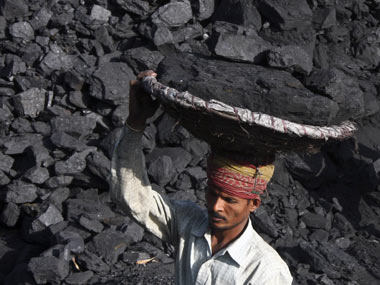)




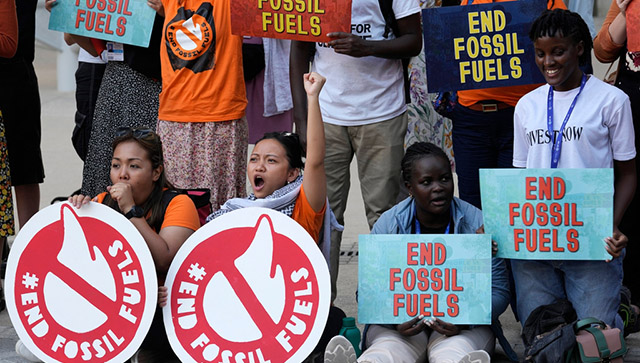)
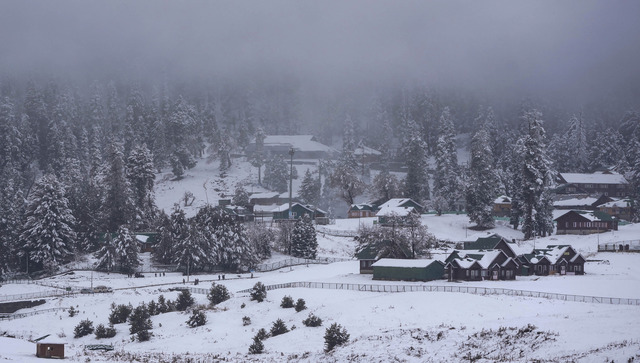)
)
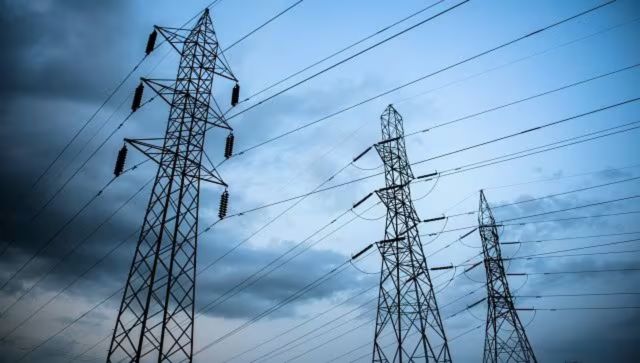)
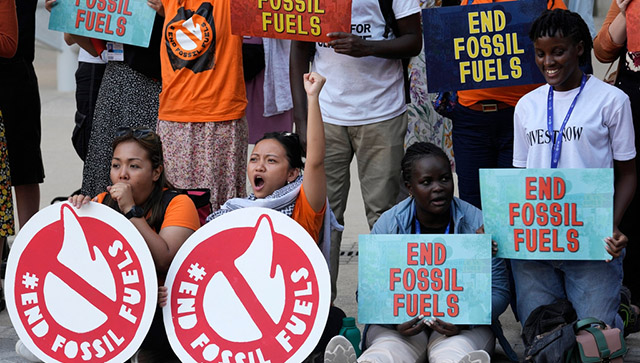)
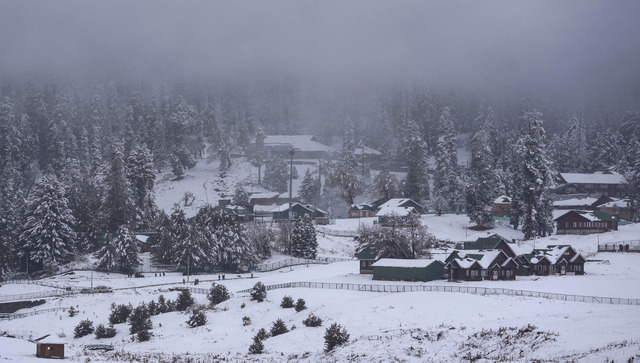)
)
)